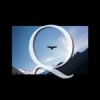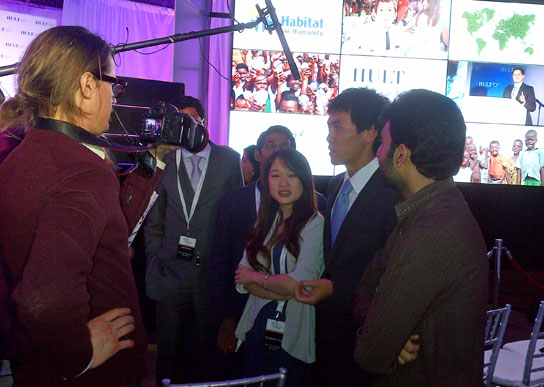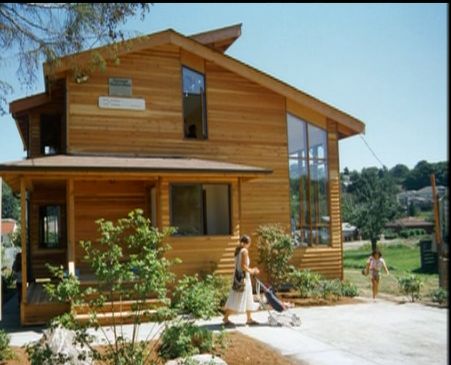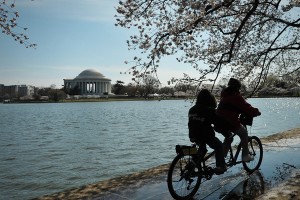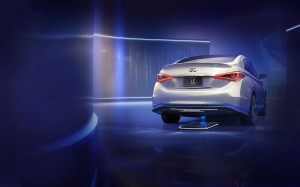 Evatran, the developer of Plugless Power wireless recharging technology for electric vehicles, will welcome EVS26 attendees at the Los Angeles Convention Center May 6th through May 9th. Plugless Power technology will be featured in booth #1115 and also at the Ride, Drive, and Charge event open throughout the four-day conference. Evatran will be showcasing its Plugless Power hands-free charging system on both a Nissan LEAF and a Chevrolet Volt at the event. Booth attendees can interact with automotive-quality components, witness the alignment process, and see object detection technology. Members of the Evatran team will also be available to answer visitor questions regarding the Plugless Power system and discuss integration considerations for automotive manufacturer production systems.
Evatran, the developer of Plugless Power wireless recharging technology for electric vehicles, will welcome EVS26 attendees at the Los Angeles Convention Center May 6th through May 9th. Plugless Power technology will be featured in booth #1115 and also at the Ride, Drive, and Charge event open throughout the four-day conference. Evatran will be showcasing its Plugless Power hands-free charging system on both a Nissan LEAF and a Chevrolet Volt at the event. Booth attendees can interact with automotive-quality components, witness the alignment process, and see object detection technology. Members of the Evatran team will also be available to answer visitor questions regarding the Plugless Power system and discuss integration considerations for automotive manufacturer production systems.
Evatran’s attendance at the EVS26 conference and exhibition follows the launch of its Apollo Trial Program, an initiative that encourages electric vehicle adoption through the trial of wireless charging technology. Prototypes used in the Apollo Program on LEAF and Volt vehicles will be on display at the Evatran booth. Evatran will also be promoting the next phase of its Apollo Trial Program, where select commercial partners can join Hertz, Google, and Duke Energy to trial wireless charging on their own electric vehicles.
Rebecca Hough, chief operating officer of Evatran, commented, “Interest in wireless charging is at an all time high in the electric vehicle market and we’re excited to unveil the current generation of our product at EVS26. Wireless charging is no longer simply about transferring power over a gap; the market is demanding seamless integration into vehicles, safety features, and the incorporation of a simple user interface. With design considerations for each of these requirements, Plugless Power will be showcased as the most production-ready technology available in the market.”
SunRun Invests $150 Million In Home Solar Systems
